Introduction
Oil tank degreasers are essential for maintaining the cleanliness and functionality of various types of oil tanks. Whether in industrial, residential, or commercial settings, keeping oil tanks free from grease buildup is crucial for safety, efficiency, and environmental responsibility. In this comprehensive guide, we’ll delve into everything you need to know about oil tank degreasers, from understanding their types and functions to selecting the most suitable option for your needs.
Understanding Oil Tank Degreasers
Oil tank degreasers are specialized cleaning agents designed to break down and remove grease, oil, and other contaminants from the surfaces of oil tanks. They come in various forms, including solvent-based, water-based, and biodegradable options, each with its own unique characteristics and applications.
Types of Oil Tank Degreasers
- Solvent-based Degreasers: These degreasers contain powerful solvents that effectively dissolve grease and oil residues. They are often used in industrial settings where heavy-duty cleaning is required. However, they may pose environmental and health risks due to their chemical composition.
- Water-based Degreasers: Water-based degreasers use water as the primary solvent, along with surfactants and other additives to emulsify and lift grease from surfaces. They are typically safer to use and more environmentally friendly than solvent-based alternatives.
- Biodegradable Degreasers: Biodegradable degreasers are formulated with natural or organic ingredients that break down quickly in the environment without causing harm. They offer an eco-friendly alternative to traditional degreasers while still delivering effective cleaning performance.
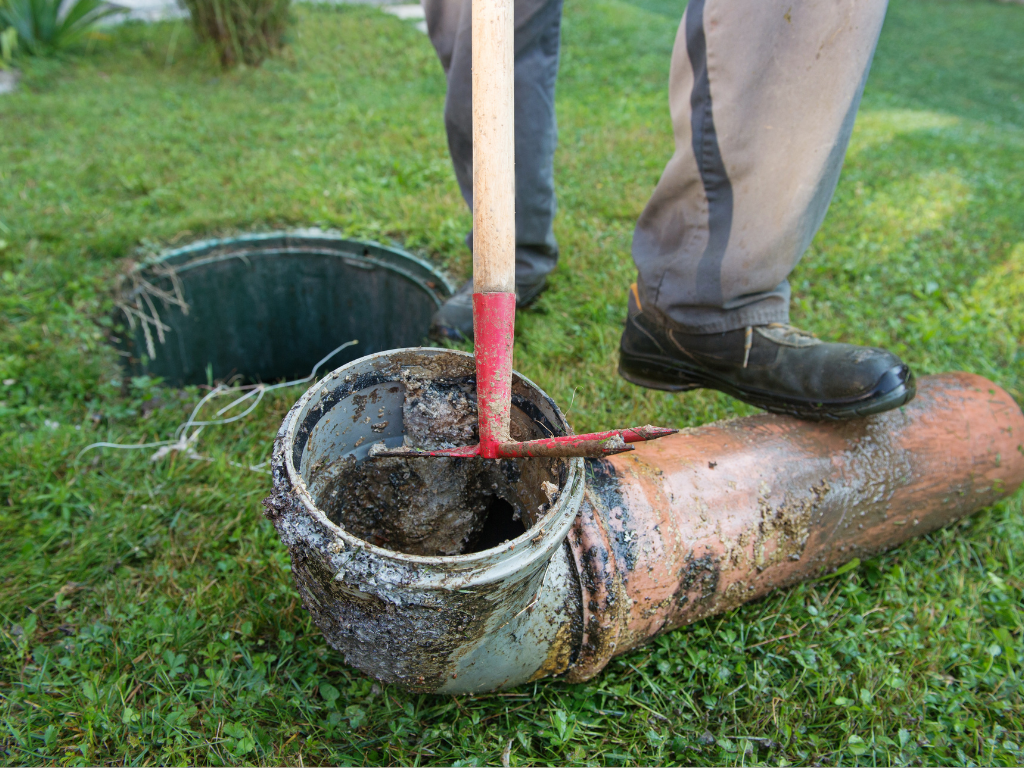
How Oil Tank Degreasers Work
Oil tank degreasers work by penetrating the layers of grease and oil on tank surfaces, breaking them down into smaller molecules that can be easily removed. Solvent-based degreasers dissolve grease through chemical reactions, while water-based and biodegradable degreasers rely on emulsification to suspend grease in water for easier removal.
Factors to Consider When Choosing an Oil Tank Degreaser
When selecting an oil tank degreaser, several factors should be taken into account to ensure optimal performance and safety.
Type of Oil and Grease
Different oils and greases may require specific types of degreasers for effective cleaning. Consider the viscosity and composition of the substances present in your oil tank when choosing a degreaser.
Tank Material Compatibility
Ensure that the degreaser you choose is compatible with the material of your oil tank to prevent damage or corrosion. Some degreasers may be too harsh for certain materials, such as plastics or rubber seals.
Environmental Concerns
Take into consideration the environmental impact of the degreaser, especially if you are working in sensitive areas or need to comply with environmental regulations. Opt for biodegradable or environmentally friendly options whenever possible.
Safety Precautions
Always prioritize safety when handling oil tank degreasers. Read and follow the manufacturer’s instructions carefully, use appropriate protective gear, and store the degreaser securely to prevent accidents or exposure to hazardous chemicals.
Effectiveness vs. Cost
Balance the effectiveness of the degreaser with its cost to ensure you get the best value for your investment. While some high-performance degreasers may be more expensive, they can save time and effort in the long run by providing superior cleaning results.
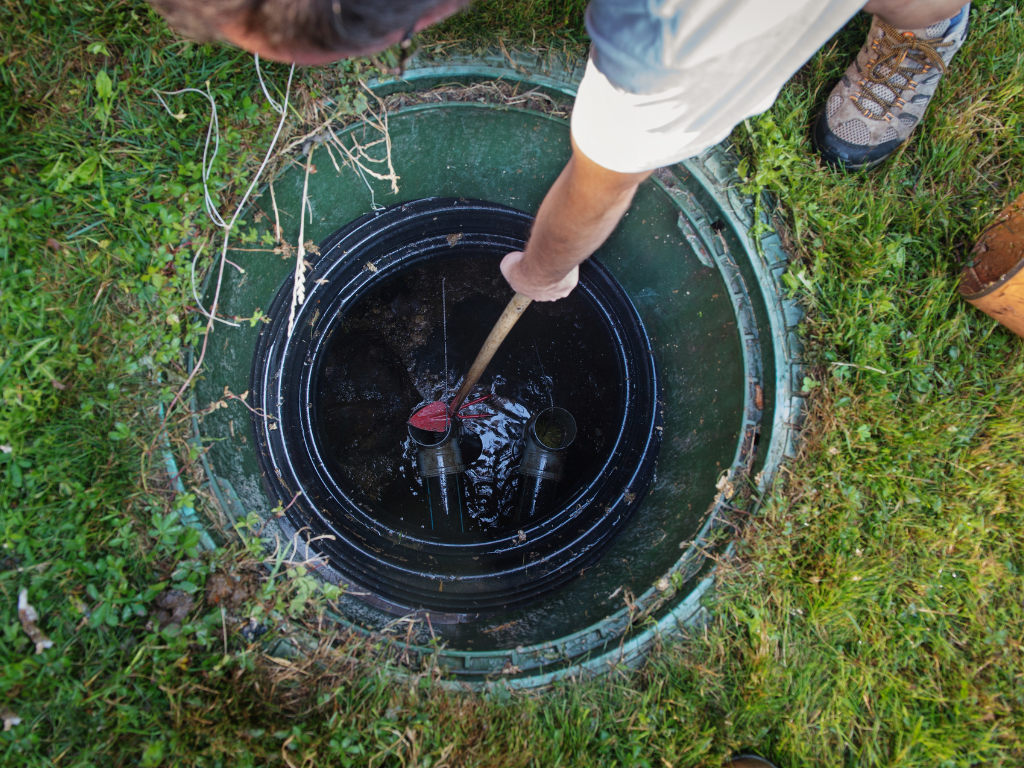
Top Oil Tank Degreasers on the Market
When it comes to selecting the best oil tank degreaser for your needs, it’s essential to consider factors such as effectiveness, safety, and environmental impact. Here are some top-rated oil tank degreasers available on the market:
Heavy-Duty Solvent Degreaser
Features:
- Powerful solvent formula that quickly breaks down stubborn grease and oil deposits.
- Suitable for industrial applications and heavily soiled tanks.
Pros:
- Effective on tough grease and oil residues.
- Fast-acting formula reduces cleaning time.
Cons:
- Contains harsh chemicals that may pose health and environmental risks.
- Requires careful handling and disposal.
Water-Based Degreaser Concentrate
Features:
- Water-based formula that is safe for use on most surfaces, including metal, plastic, and concrete.
- Concentrated formula can be diluted to customize cleaning strength.
Pros:
- Environmentally friendly and biodegradable.
- Versatile formula suitable for a wide range of applications.
Cons:
- May require longer dwell time or multiple applications for heavily soiled tanks.
- Less effective on stubborn grease buildup compared to solvent-based alternatives.
Aquaquick Natural Oil Tank Degreaser
Features:
- Formulated with natural, biodegradable ingredients that are safe for the environment and user.
- Effectively removes grease and oil without the need for harsh chemicals.
Pros:
- Eco-friendly and non-toxic formula.
- Gentle on tank surfaces while still providing effective cleaning.
Cons:
- May require slightly longer dwell time compared to solvent-based degreasers.
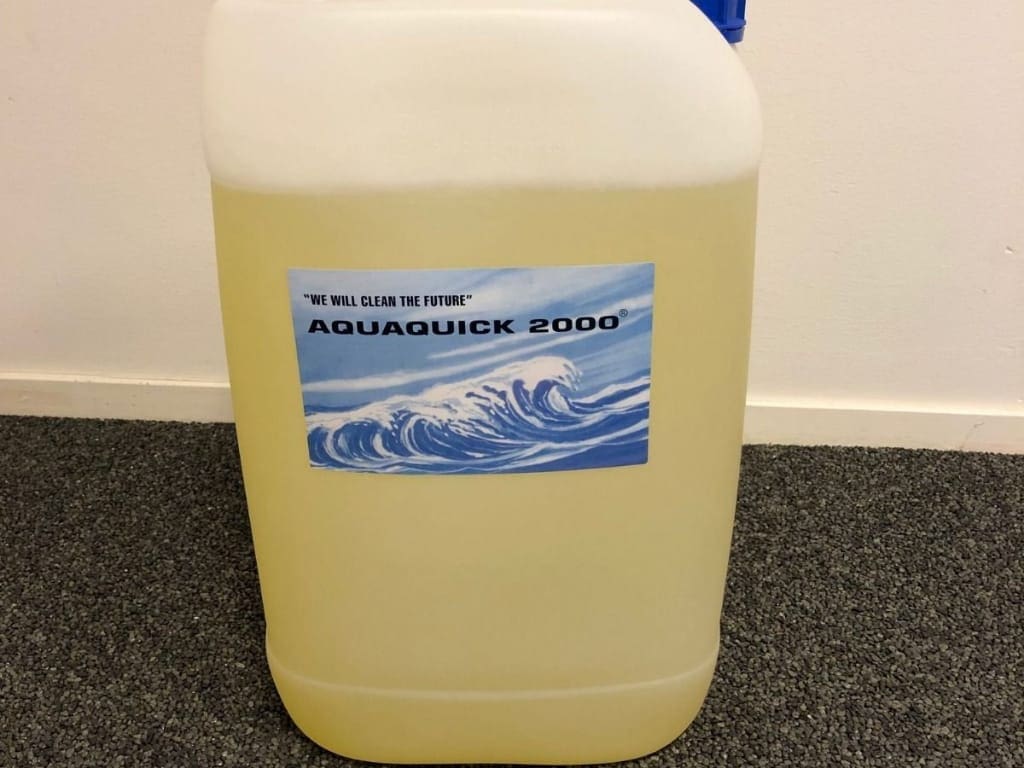
How to Use Oil Tank Degreasers Effectively
Using an oil tank degreaser effectively requires careful preparation, application, and cleaning procedures. Here’s a step-by-step guide:
Preparing the Tank
- Drain any remaining oil or fuel from the tank.
- Ventilate the area to minimize exposure to fumes.
- Wear appropriate protective gear, such as gloves and goggles.
Application Methods
- Follow the manufacturer’s instructions for diluting or applying the degreaser.
- Use a sprayer, brush, or cloth to apply the degreaser evenly to the tank surfaces.
- Ensure thorough coverage of all areas with grease buildup.
Safety Measures During Application
- Avoid direct contact with the degreaser and fumes.
- Work in a well-ventilated area or use respiratory protection if necessary.
- Keep ignition sources away from the work area to prevent fire hazards.
Cleaning and Rinsing Process
- Allow the degreaser to dwell on the tank surfaces for the recommended time.
- Use a pressure washer or hose to rinse off the degreaser and dissolved grease thoroughly.
- Repeat the cleaning process if necessary to achieve desired results.
Post-cleaning Inspection
- Inspect the tank surfaces for any remaining grease or oil residues.
- Touch up areas that require additional cleaning or spot treatment.
- Dispose of any leftover degreaser and cleaning materials properly.
Maintenance Tips for Oil Tanks
Regular maintenance is essential to prolong the lifespan of oil tanks and prevent costly repairs or replacements. Here are some maintenance tips to keep your oil tank in optimal condition:
Regular Inspection Schedule
- Implement a routine inspection schedule to check for signs of corrosion, leaks, or damage.
- Inspect tank components such as valves, fittings, and seals for wear or deterioration.
- Monitor the oil level regularly to ensure it does not exceed the tank’s capacity.
Preventive Measures to Reduce Grease Buildup
- Keep the surrounding area clean and free from debris to prevent contaminants from entering the tank.
- Install filters or separators to trap grease and oil before they enter the tank.
- Use absorbent materials or spill containment devices to contain spills and prevent them from reaching the tank.
Troubleshooting Common Issues
- Address minor leaks or cracks promptly to prevent them from worsening over time.
- Replace worn or damaged components such as seals, gaskets, or fittings as needed.
- Consult a professional technician for complex repairs or issues beyond your expertise.
Long-term Maintenance Strategies
- Consider applying protective coatings or linings to the tank interior to prevent corrosion.
- Implement a tank maintenance program that includes regular cleaning and inspection by trained professionals.
- Keep detailed records of maintenance activities, repairs, and inspections for future reference.
By following these maintenance tips, you can ensure the longevity and reliability of your oil tank while minimizing the risk of costly repairs or environmental hazards.
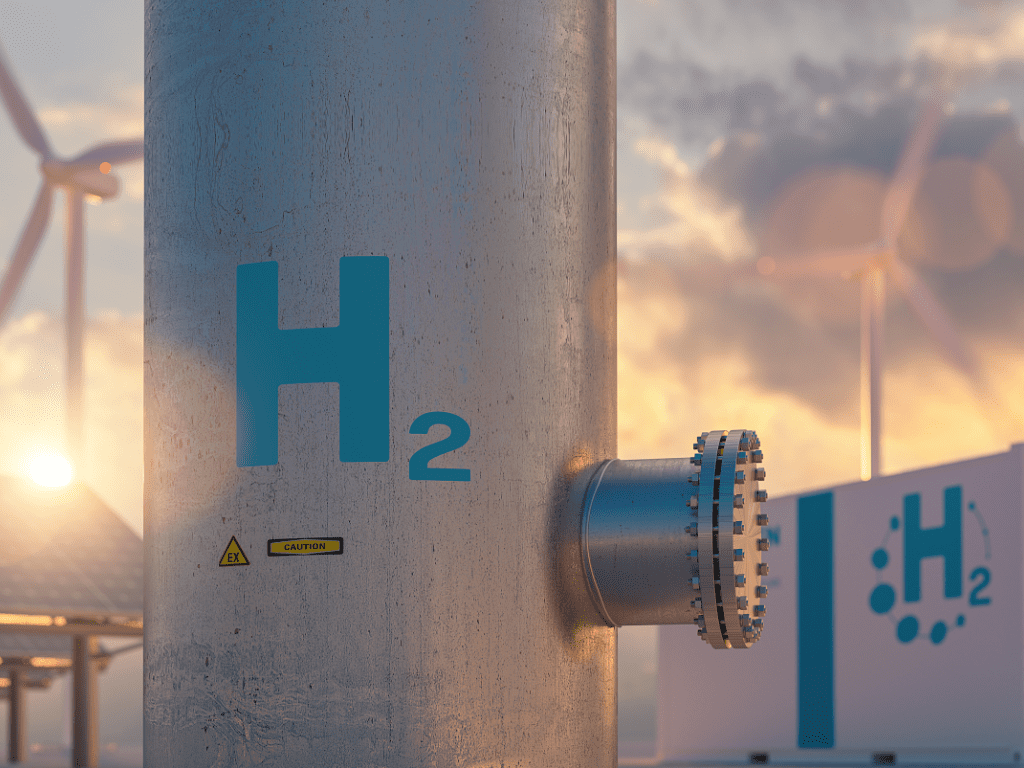
Environmental and Safety Considerations
Proper disposal of used degreasers and cleaning materials is crucial to prevent environmental contamination and comply with regulations. Here are some environmental and safety considerations to keep in mind:
Disposal of Used Degreaser
- Dispose of used degreasers according to local regulations and guidelines.
- Avoid dumping degreasers down drains or sewers, as they can contaminate water sources.
- Consider recycling or reusing degreaser containers to minimize waste.
Environmental Impact of Different Degreasers
- Choose degreasers that are biodegradable and environmentally friendly whenever possible.
- Minimize the use of solvent-based degreasers to reduce air and water pollution.
- Follow best practices for handling and storing degreasers to prevent accidental spills or releases.
Safety Precautions for Handling and Storing Degreasers
- Store degreasers in well-ventilated areas away from heat, sparks, or open flames.
- Keep degreasers out of reach of children and pets to prevent accidental ingestion or exposure.
- Use appropriate personal protective equipment, such as gloves and goggles, when handling degreasers.
By incorporating these environmental and safety considerations into your oil tank maintenance routine, you can minimize the impact on the environment and ensure the safety of yourself and others.
Case Studies: Real-life Examples of Oil Tank Cleaning
Real-life case studies provide valuable insights into the challenges and solutions involved in oil tank cleaning. Here are some examples:
Industrial Oil Tanks
- Case Study: A manufacturing facility faced challenges with grease buildup in its industrial oil tanks, leading to decreased efficiency and increased maintenance costs. By implementing a regular cleaning and maintenance schedule using a water-based degreaser, the facility was able to improve tank performance and reduce downtime.
Residential Oil Tanks
- Case Study: A homeowner discovered a small leak in their residential oil tank, causing oil to seep into the surrounding soil. After addressing the leak and cleaning the tank with a biodegradable degreaser, the homeowner installed a secondary containment system to prevent future spills and minimize environmental impact.
Commercial Oil Tanks
- Case Study: A commercial property owner needed to clean and decommission several underground oil tanks to comply with environmental regulations. Using a combination of solvent-based and biodegradable degreasers, the tanks were cleaned thoroughly, and any remaining oil residues were disposed of properly. The property was then repurposed for a new development project.
These case studies highlight the importance of proper oil tank maintenance and the role of effective degreasers in achieving clean and compliant storage systems.
Future Trends in Oil Tank Degreasing
Advancements in technology and sustainability initiatives are driving future trends in oil tank degreasing. Here are some developments to watch for:
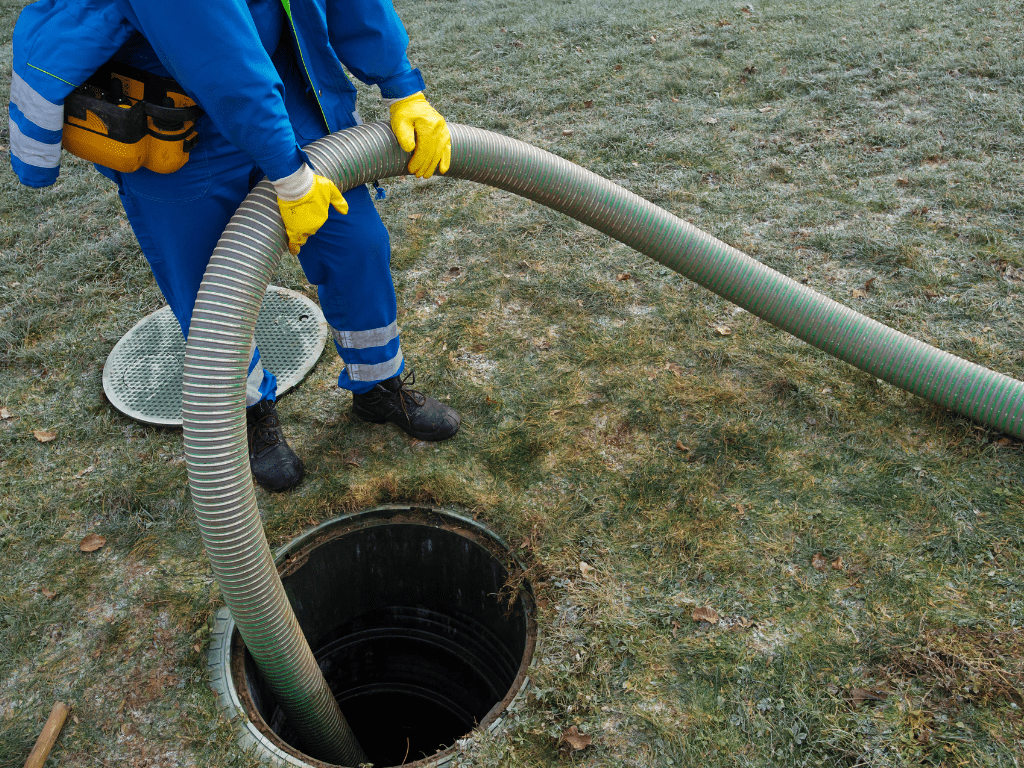
Advancements in Degreaser Technology
- Continued research and development efforts are focusing on creating more effective and environmentally friendly degreaser formulations.
- Innovations such as nano-emulsions and microorganisms are being explored to enhance degreaser performance and reduce environmental impact.
Sustainability Initiatives in the Industry
- Companies are increasingly adopting sustainable practices and seeking eco-friendly alternatives for oil tank cleaning.
- Initiatives such as recycling used degreasers, reducing packaging waste, and promoting biodegradable products are becoming more prevalent.
Predictions for the Future of Oil Tank Maintenance
- The future of oil tank maintenance is expected to be characterized by increased automation, remote monitoring, and predictive maintenance technologies.
- Real-time monitoring systems and sensor-based technologies will enable proactive identification of issues and optimization of maintenance schedules.
By embracing these future trends, the oil tank maintenance industry can become more efficient, sustainable, and environmentally responsible.
Conclusion
In conclusion, choosing the best oil tank degreaser requires careful consideration of factors such as effectiveness, safety, and environmental impact. By understanding the different types of degreasers available, implementing effective cleaning techniques, and prioritizing environmental and safety considerations, you can ensure the cleanliness and functionality of your oil tanks for years to come. Remember to stay informed about future trends and advancements in oil tank maintenance to stay ahead of the curve and minimize environmental impact.














